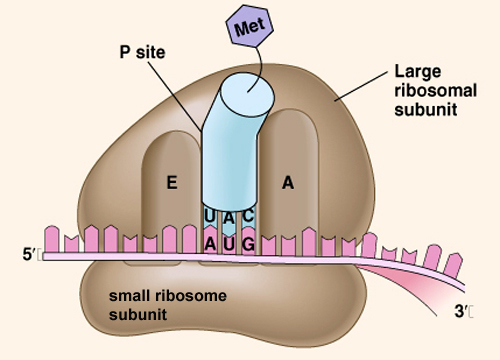You will be investigating the decomposition of hydrogen peroxide by catalase.
 |
Your Design should have:
A Title
Research Question & Background Information
Null Hypothesis (Ho) and Alternative Hypothesis (Ha)
Table that lists the Independent & Dependent Variables, as well as Controls.
Materials (with uncertainties)
Photograph of experimental set up ** You do not need to include this at this time, however you do need to identify a space for it in your paper. ** You do not need to include a protocol diagram.
Method (listed in steps).
A data table
A couple of things to keep in mind:
* Your lab design can not be identical to another student (even if they are in a different period). * If you research information on this topic, you must cite it in your Design. This includes information contained in the Background section.
* As you are designing the experiment be mindful of how you will collect the data, since you will actually be doing this experiment.
* Internal Assessments count for almost 25% of your overall IB grade. Since unlike a test, you know exactly what your Internal Assessment will cover, you should take the extra time to make it perfect.
* Refer to the rubric you received for the Osmosis Design Lab for more details on the requirements.





